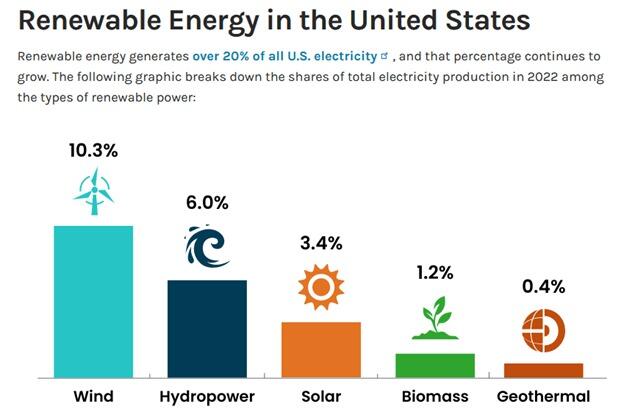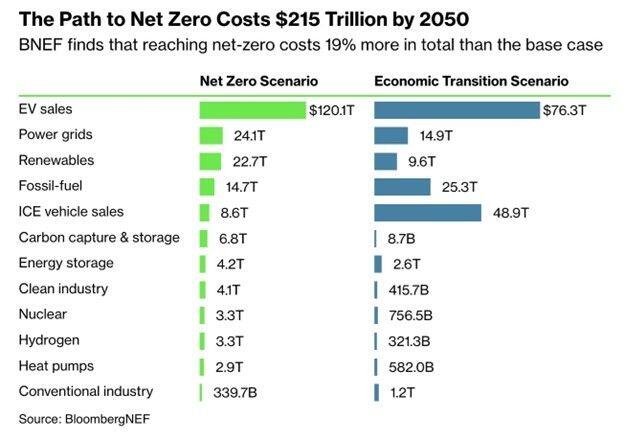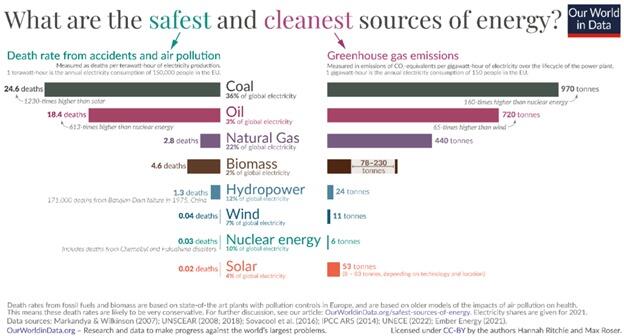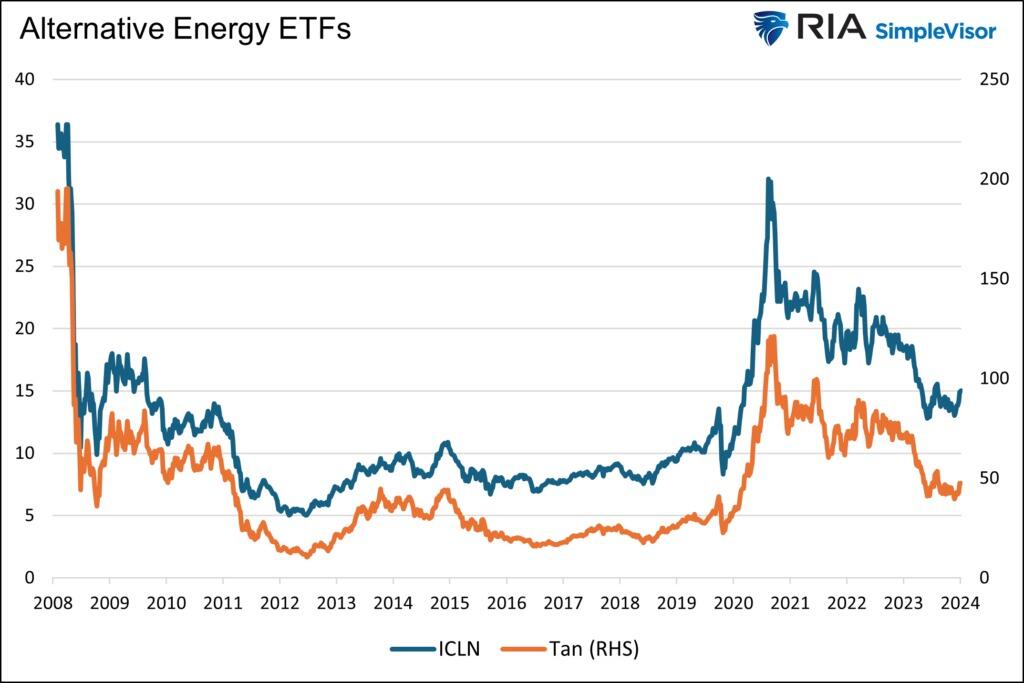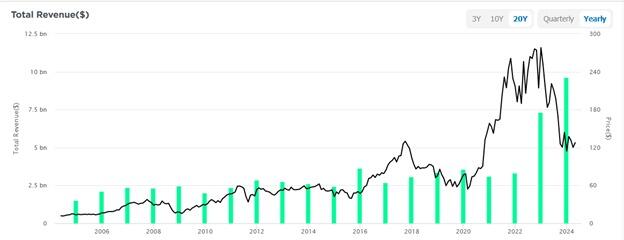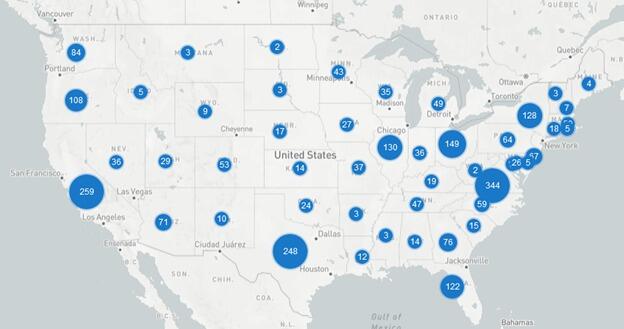
Earth is facing a human-driven climate crisis, which demands a rapid transition to low-carbon energy sources such as wind and solar power. But we’re also living through a mass extinction event. Never before in human history have there been such high such rates of species loss and ecosystem collapse.
The biodiversity crisis is not just distressing, it’s a major threat to the global economy. More than half of global Gross Domestic Product (GDP) directly depends on nature. The World Economic Forum rates biodiversity loss in the top risks to the global economy over the next decade, after climate change and natural disasters.
Human-driven climate change damages nature—and loss of nature exacerbates climate change. So if humanity’s efforts to mitigate climate change end up damaging nature, we shoot ourselves in the foot.
Australia, however, must face up to an uncomfortable truth: we are putting renewable energy projects in places that damage the species and ecosystems on which we depend.
Renewables on the run
Renewable energy projects are being developed that damage nature and culturally significant sites. Others are resented by communities, or fail at regulatory hurdles.
Environmentally damaging projects put another nail in the coffin of species and ecosystems already under immense pressure. Even those that affect a relatively small area contribute to nature’s “death by a thousand cuts”.
Take, for example, the proposed Euston wind farm in southwest New South Wales. It would entail 96 turbines built near the Willandra Lakes World Heritage area, potentially affecting threatened birds.
And in North Queensland, the Upper Burdekin wind farm proposal will remove 769 hectares of endangered species habitat relied on by Sharman’s wallabies, koalas and northern greater gliders. The cleared area would be almost 200 times bigger than the Melbourne Cricket Ground.
The simple overlay below, which we prepared, illustrates the problem in Queensland. The analysis, part of a research project funded by Boundless Earth, shows in stark detail the crossover between energy projects, transmission lines and nationally listed threatened species habitats and ecosystems.

